The vacuum chamber is designed to hold a fraction collector needed for unsaturated column leaching studies
Vacuum can be applied to the chamber enclosing the fraction collector. A soil column is placed directly on top of the vacuum chamber such that the lower column outlet with stopper fits tightly in the conical shaped hole of the cover plate. This way any negative pressure existing in the vacuum chamber is maintained at the lower end of the column. Without a negative pressure at the lower end of the column, the soil becomes saturated at the soil/air interface. The fraction collector is positioned inside the vacuum chamber so that the column effluent drips directly into the test tube that needs to be filled. The column and vacuum chamber are designed such that the distance between the column and the test tube is as short as possible, resulting in minimal mixing of the effluent from the time it leaves the column and it enters the test tube.
The round vacuum chamber is made of steel, with a clear, thick and hard plastic cover. There is one outlet to be connected to controlled vacuum and one opening for the power supply cable of the fraction collector. The clear plastic cover has a tapered hole (port) for placement of the lower soil column outlet. This hole is positioned directly above the test tube that is being filled.
The plastic cover has a second port so that the vacuum inside the chamber can be checked with a tensimeter, a pressure gage or a manometer.
It is possible to leach two small soil columns simultaneously, provided an additional port is drilled in the plastic top cover. This port has to be located exactly above the fraction collector tube to be filled. This way the effluent from the second soil column drips into the right test tube.
Dimensions
Inside diameter: 18.0 inches (45.7cm)
Inside height: 10.5 inches (26.7cm)
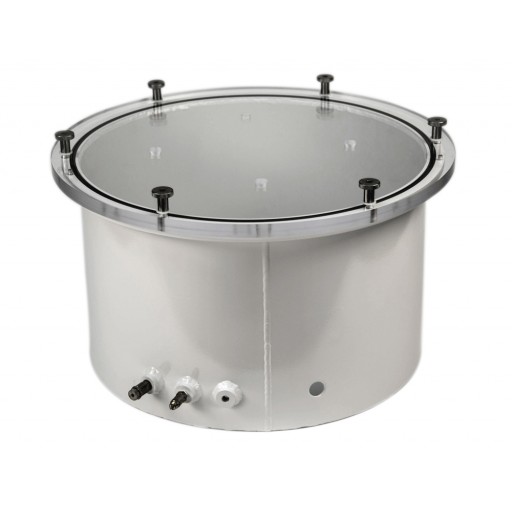
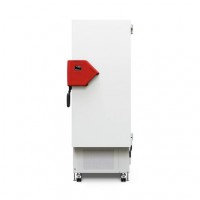
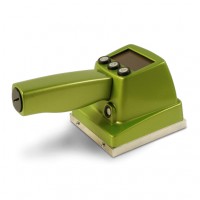
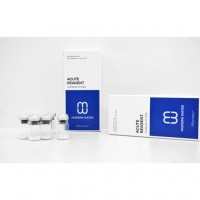
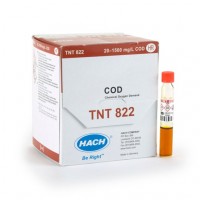


Do you have a question?
min 10 ch